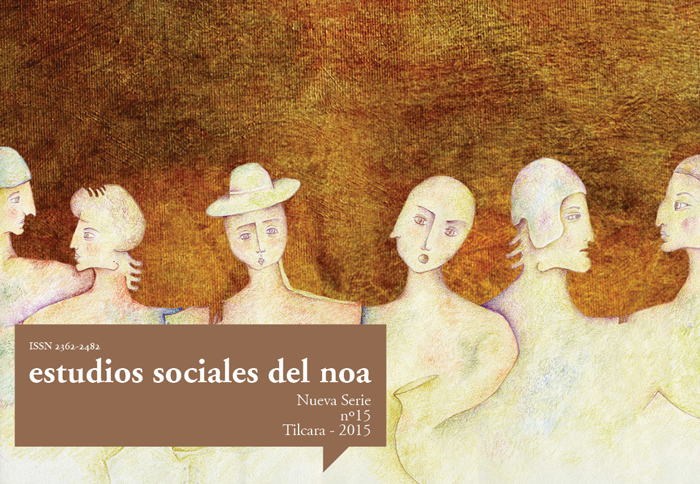Procesos de canonización de los discursos copleros
Resumen
Existen tres procesos de legitimación operantes en la canonización de los discursos copleros (contrapuntos, ruedas y soliloquios) en las tierras altas de Jujuy (Quebrada y Puna) y en algunas comunidades del Noroeste argentino. En primer lugar, una legitimación desde lo vocacional que funciona permanentemente en las comunidades copleras. A partir de su tendencia a cohesionarse, estas sociedades canonizan su producción oral. En segundo lugar, desde lo epistémico metatextual, los discursos de la interculturalidad y los relacionados con la declaración de la Quebrada de Humahuaca como Patrimonio Natural y Cultural de la Humanidad propician diversas investigaciones que reconsideran el estatus del arte coplero. En tercer lugar, desde lo epistémico textual, recientes investigaciones sobre el discurso coplero reconfiguran su objeto de estudio: la copla aislada ha sido reemplazada por ruedas y contrapuntos completos complejizando los estudios literarios y lingüísticos de esta producción oral. Además, esas investigaciones analizan su carácter de arte verbal y su literariedad desde diversas perspectivas teóricas. El presente artículo desarrolla los dos últimos mecanismos epistémicos, metatextual y textual, que legitiman la incorporación de los discursos copleros como parte de los cánones pedagógico y crítico.Descargas
Los/as autores/as que publiquen en esta revista aceptan las siguientes condiciones:
- Los/as autores/as o traductores/as conservan los derechos de autor y ceden a la revista el derecho de la primera publicación, con el trabajo registrado con Licencia Creative Commons Atribución-NoComercial-CompartirIgual 4.0 Internacional, que permite a terceros utilizar lo publicado siempre que mencionen la autoría del trabajo y la primera publicación en esta revista.
- Los/as autores/as pueden realizar otros acuerdos contractuales independientes y adicionales para la distribución no exclusiva de la versión del artículo publicado en ESNOA (p. ej., incluirlo en un repositorio institucional o publicarlo en un libro) siempre que indiquen claramente que el trabajo se publicó por primera vez en esta revista.












